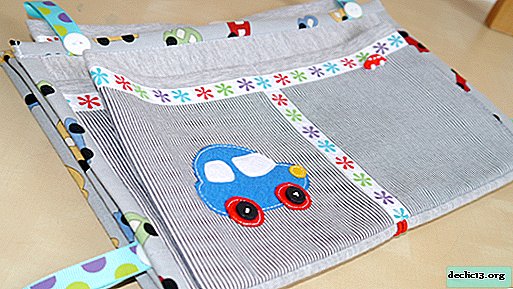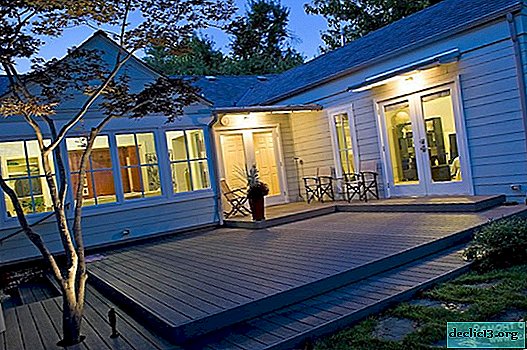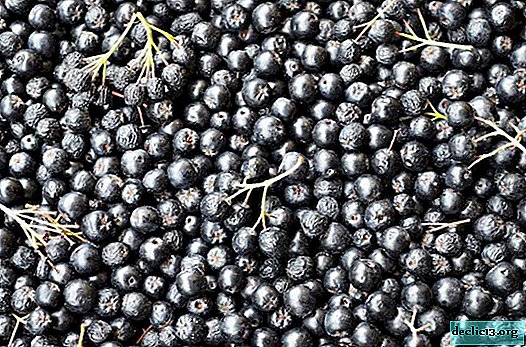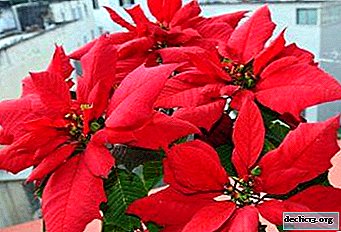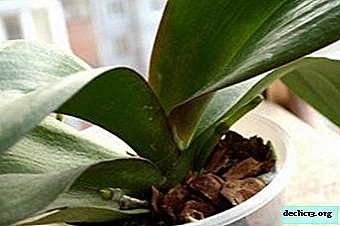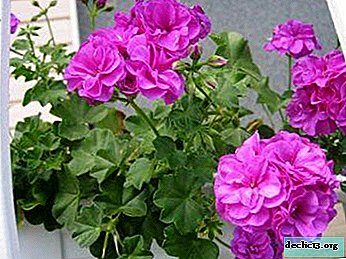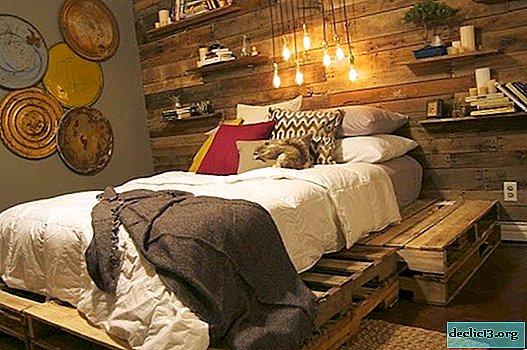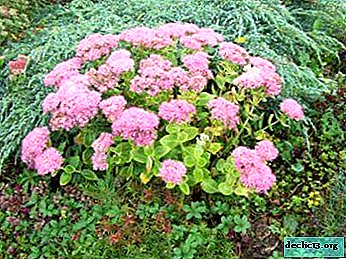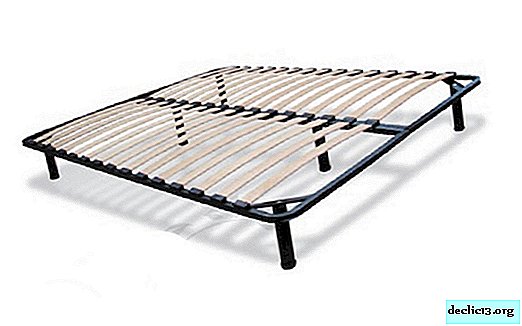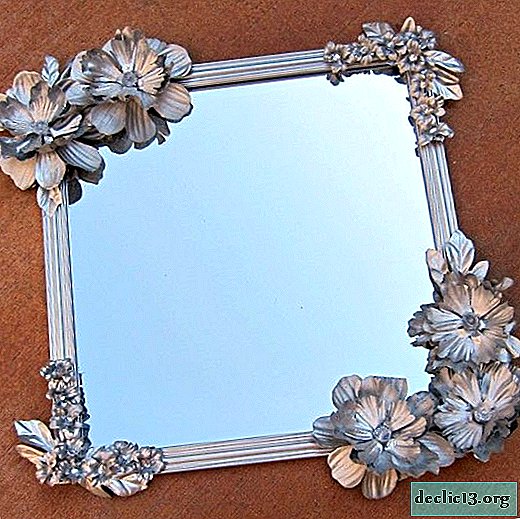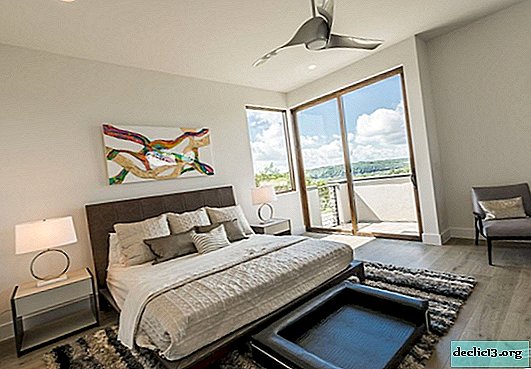Multi-colored beauty - hymnocalicium mix. Tips for creating a composition and home care
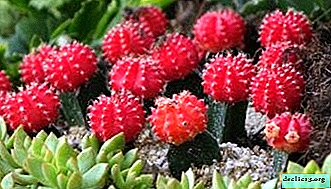
Gimnokalitsium mix is a composition of several small spherical cacti.
They look unusual and much more spectacular than just one cactus in a pot.
These succulents are unpretentious and do not take up much space. In the article, we will consider how to care for a plant.
How to create a composition?
Most often, to create compositions using Mikhanovich hymnocalyciums, which grow to a height of no more than 5 cm. They are supplemented with Japanese hymnocaliciums, bred by breeders, which are surprising in that they do not have chlorophyll, therefore they are yellow, red and even pink. They are perfectly adjacent to each other, it turns out a nice composition of small cacti, "balls".
So that they do not interfere with each other, they are planted at a distance of 2 cm from each other. When the cacti grow and begin to touch, the composition is transplanted into the pot a little larger.
Photo
In the photo you will see plants:




Home Care
Consider how to care for a cactus.
Temperature
The optimum temperature for these cacti is from +20 to + 24 ° C. But they will perfectly tolerate even periods of summer heat, when the air temperature rises to + 35 ° C.
Wintering
In winter, the plant needs a rest period at a temperature of +8 to + 12 ° C. The maximum indoor temperature can rise up to + 15 ° C. But you must not allow a different extreme and supercool the cactus. At temperatures below + 5 ° C, it will begin to disappear.
Important! The lack of flowering of the hymnocalicium is almost always due to the fact that in winter the cactus was not created during the rest period and continues to be kept in a warm room.Watering
You can water only filtered water or settled for 24 hours.so that it warms up, and the chlorine evaporates. In spring and summer, water sparingly and only if the soil in the pot is completely dry. Leaked water should be poured out immediately. In winter, hymnocalicia are watered very moderately literally 1-2 times per season.
Shine
These are photophilous cacti that need a 12-hour daylight all year round, so in winter you will need a fluorescent lamp. In summer it is better to put on a well-lit window, ideally on the south. From direct sunlight, especially in extreme heat, the plant must be protected with a curtain, otherwise burns will appear.
Priming
 Gimnokalitsium mix needs loose soil with good drainage. Suitable special soil for cacti. You can also make it yourself by mixing peat, sand and charcoal in equal proportions. At the bottom it is necessary to make expanded clay drainage.
Gimnokalitsium mix needs loose soil with good drainage. Suitable special soil for cacti. You can also make it yourself by mixing peat, sand and charcoal in equal proportions. At the bottom it is necessary to make expanded clay drainage.
Gimnokalitsium mix will die in acidic soil. It should be neutral, in extreme cases, slightly acidic.
Top dressing
In spring and summer it needs monthly top dressing. Special fertilizers for cacti in the form of granules or solutions with a low nitrogen content are suitable. In autumn and winter, you can’t feed. If there has been a transplant recently, then fertilizing is also not necessary.
Important! Gimnokalitsium mix can be fed only with mineral fertilizers, it will die from organic fertilizers.Pot
These cacti need shallow pots, they need to “feel” the bottom with their roots. A huge and deep pot can ruin the hymnocalycium. To grow one cactus, you will need a pot slightly larger in diameter than the plant itself. To create a composition of hymnocaliciums, a mix requires a shallow, rectangular-shaped pot or elongatedto plant cacti in a row.
Pruning
It is necessary for non-chlorophyllic colored hymnocalyciums, which are grafted to a hardy, unpretentious cactus of another species.
- Both plants make identical sections using a sterile instrument.
- Then they are connected by aligning the conductive beams.
- After you need to fasten the upper and lower cacti with an elastic band and do not touch the week.
 Also pruning may be needed to save the dying hymnocalicium mixif he began to rot from excessive watering and improper conditions of detention.
Also pruning may be needed to save the dying hymnocalicium mixif he began to rot from excessive watering and improper conditions of detention.
- Cut off absolutely all parts of the cactus affected by rot.
- They put it on the table with the cut up so that it dries so a couple of days.
- Then it needs to be planted in the correct soil and pot.
- After a couple of weeks, the part of the cactus remaining after pruning will begin to produce roots. During this period, watering should be very moderate, literally slightly moisten the soil.
Transfer
Young mix hymnaliciums are transplanted every year. Adult plants are transplanted only as they grow, usually once every 2-3 years. Each time the pot needs to be selected a little larger in diameter than the previous one.
- To transplant the hymnocalicium, it is necessary to remove it carefully from the ground and rinse thoroughly with warm water so that no soil remains on the roots.
- Then the cactus should be left on the table for drying for two days.
- After that, he is ready to transplant into a new pot with fresh soil.
Breeding
Scions
- Lateral shoots ("kids") are cut with a sharp knife.
- Then they are placed on a table in a dry room for drying for a day.
- The soil for the processes should consist of a mixture of sand and peat in equal proportions.
- The shoot is planted in moist, but not too wet soil.
- So that he does not fall, they are propped up with matches with broken sulfur heads.
The "children" of the hymnocalycium mix take root quickly. It is best to plant them in separate pots in the spring.
If the shoot has released the roots on the cactus, it must be separated carefully so as not to damage them and planted in the ground for adult cacti.
Seeds
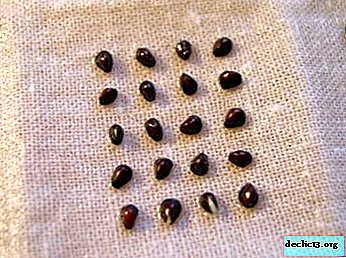 Before sowing, you need to prepare the soil, consisting of a mixture of sand and peat in equal proportions. It needs to be calcined for 2 hours in the oven. The soil should be completely cooled, only after this you can start sowing.
Before sowing, you need to prepare the soil, consisting of a mixture of sand and peat in equal proportions. It needs to be calcined for 2 hours in the oven. The soil should be completely cooled, only after this you can start sowing.- The seeds of the hymnocalicium are spread on the surface of moist soil and sprinkled on top with a layer of a thickness of 3-4 mm.
- The pot is covered with a film.
- It is necessary to ensure that the soil always remains wet, for this the film is removed and sprayed from the spray gun.
- A pot with planted seeds should be in a warm room with an air temperature of + 20 ° C.
- Shoots appear within 10 days.
Disease
- Defeat with a mealybug, a sign is a white coating on a cactus, similar to cotton wool.
- If small brown motionless plaques appear on the plant, it means that it is affected by scale insects.
- A red cobweb appeared on the cactus - red spider mites wound up. They fight insects with the help of special insecticides.
- If soft spots, rot appear in the lower part of the hymnocalycium, this indicates excessive watering. Cactus need to be pruned and transplanted.
- The cactus does not grow - the cause may be watering with hard or cold water. If the plant is watered according to the rules, but still there is no growth, the reason is in alkaline soil. In this case, the cactus is transplanted into a suitable soil.
Similar flowers
- Chametereus Sylvester.
- Mamillaria
- Echinopsis.
- Notocactus otto.
- Rebucia.
Gimnokalitsium mix is suitable even for beginner growers, but with the condition that all the rules for maintaining and caring for this cactus will be responsibly observed.

 Before sowing, you need to prepare the soil, consisting of a mixture of sand and peat in equal proportions. It needs to be calcined for 2 hours in the oven. The soil should be completely cooled, only after this you can start sowing.
Before sowing, you need to prepare the soil, consisting of a mixture of sand and peat in equal proportions. It needs to be calcined for 2 hours in the oven. The soil should be completely cooled, only after this you can start sowing.
